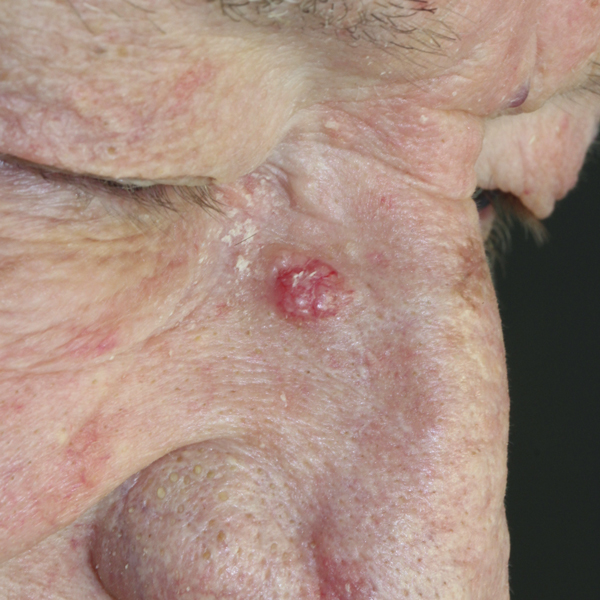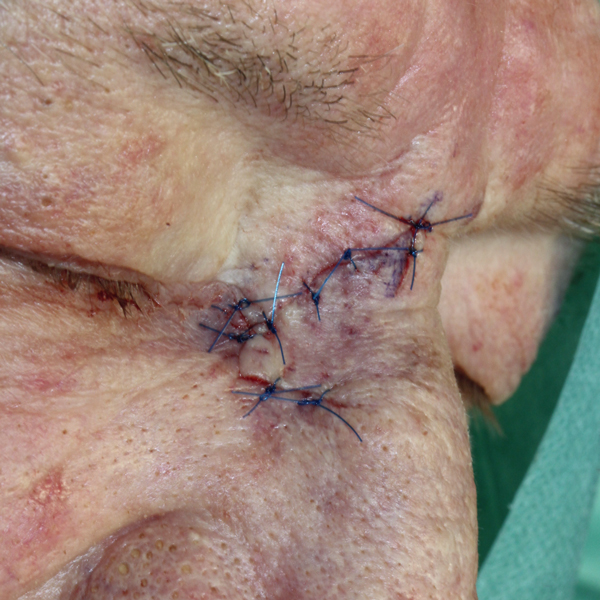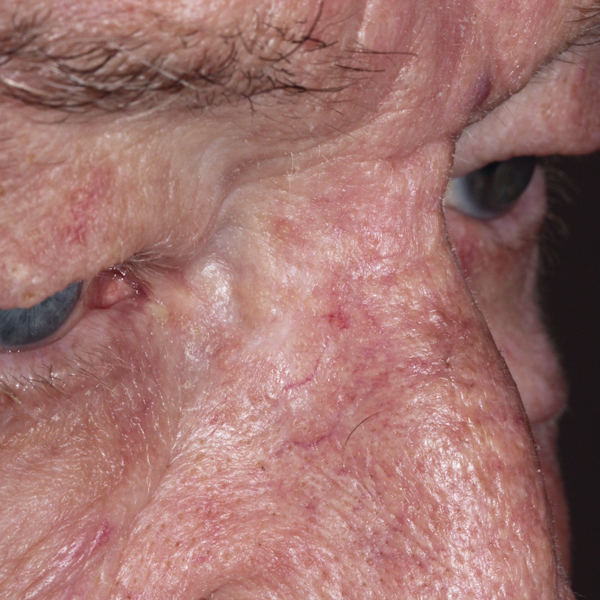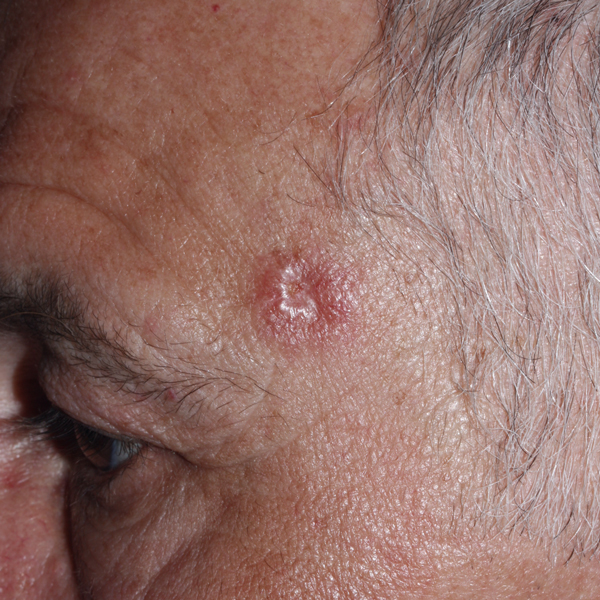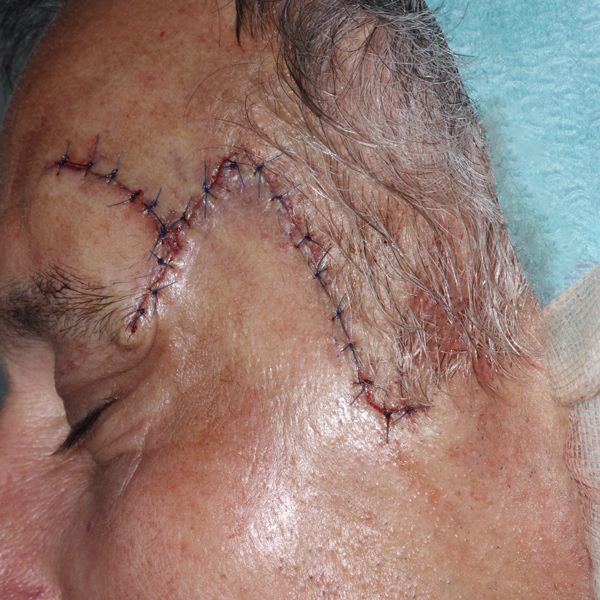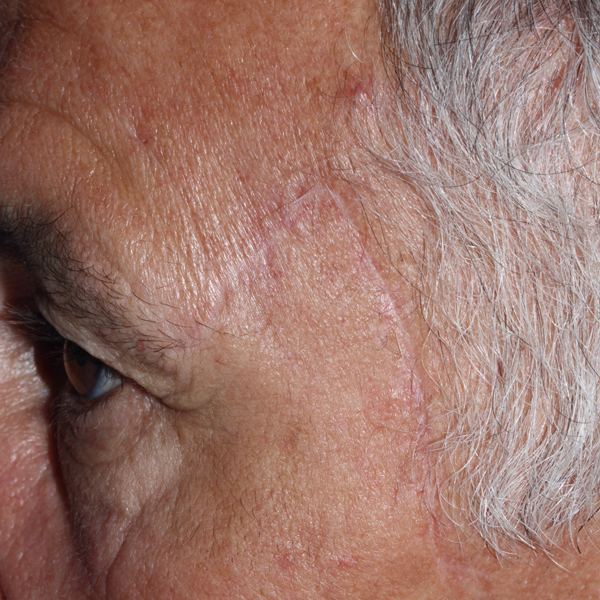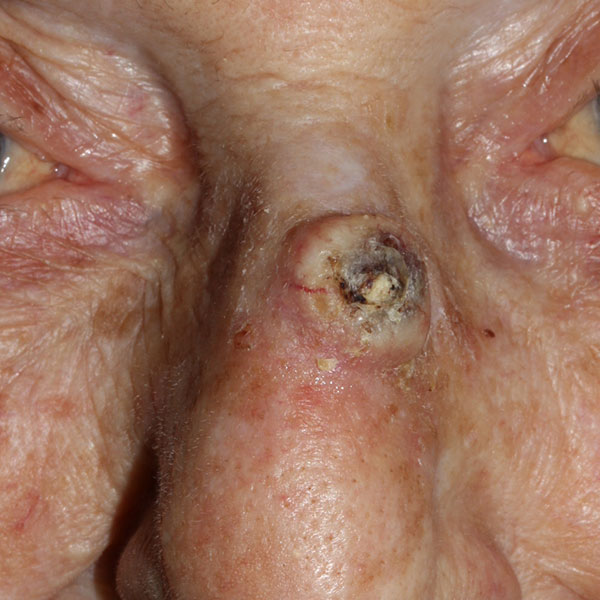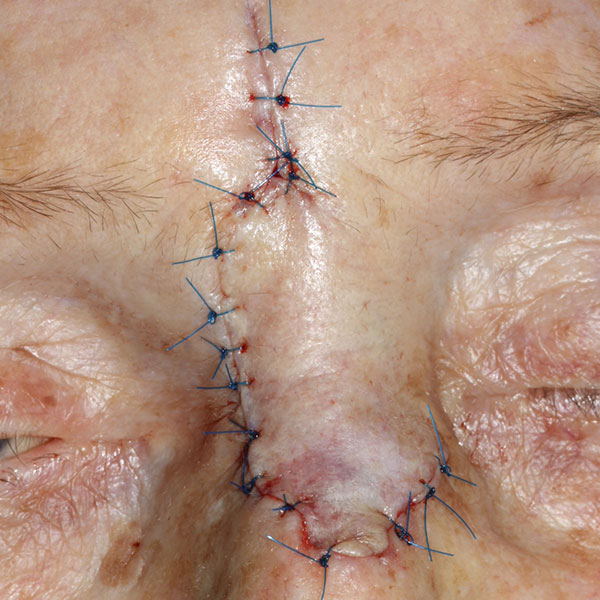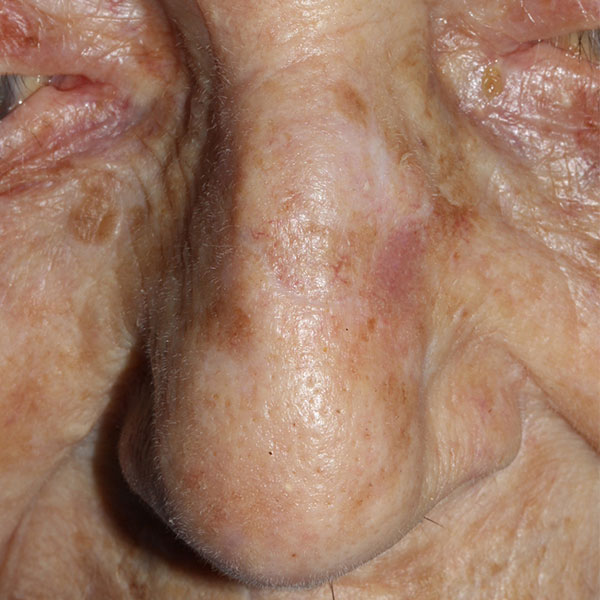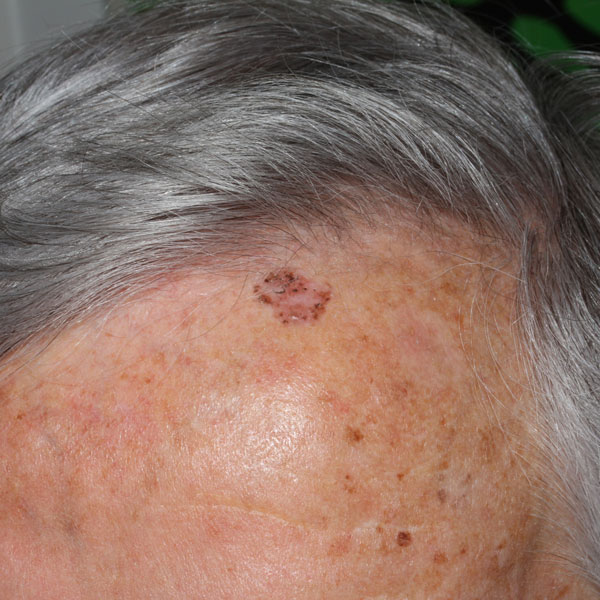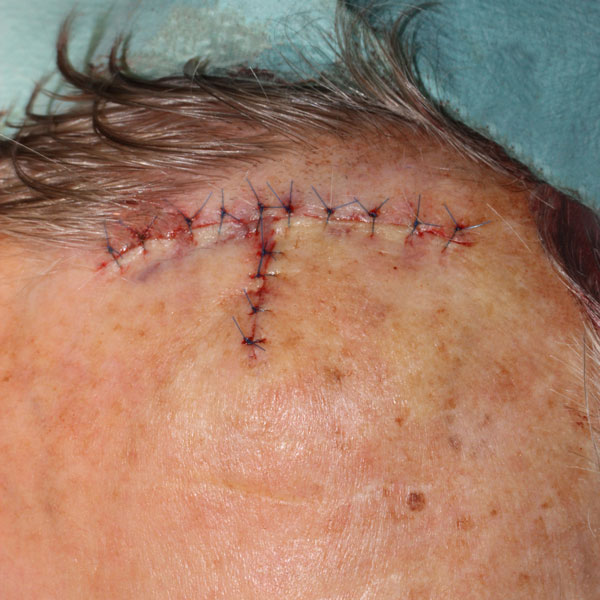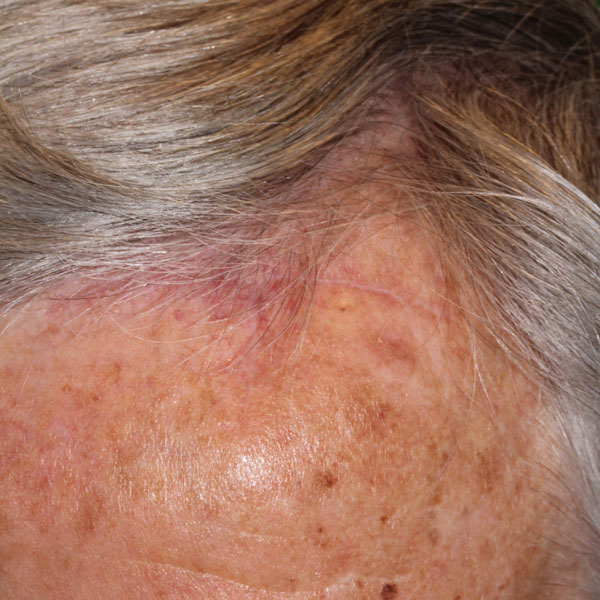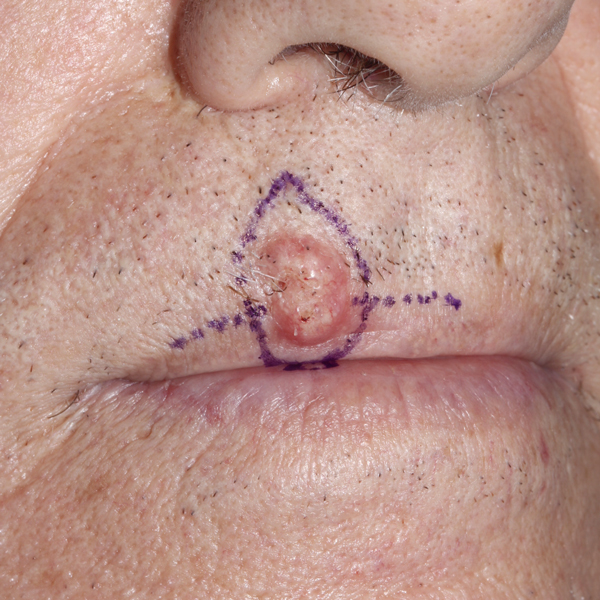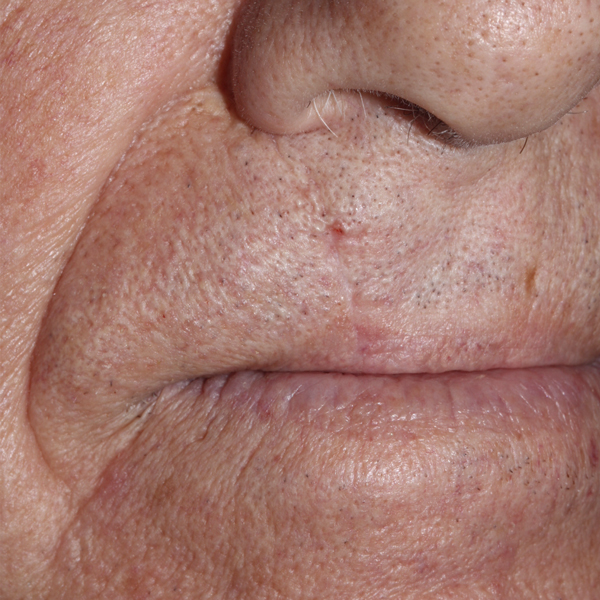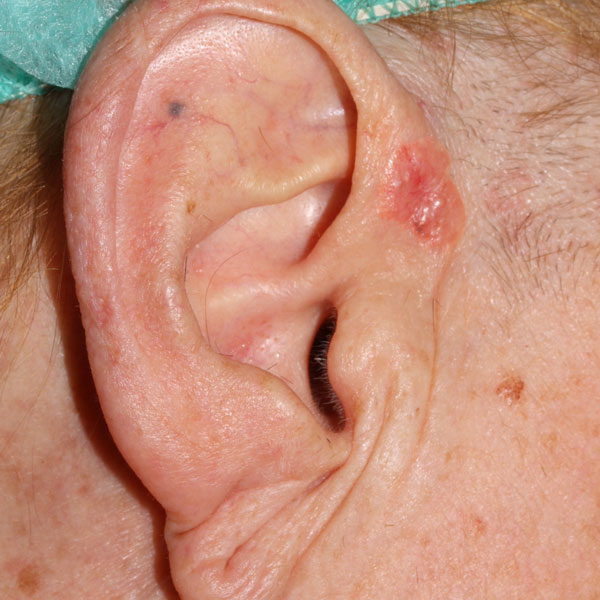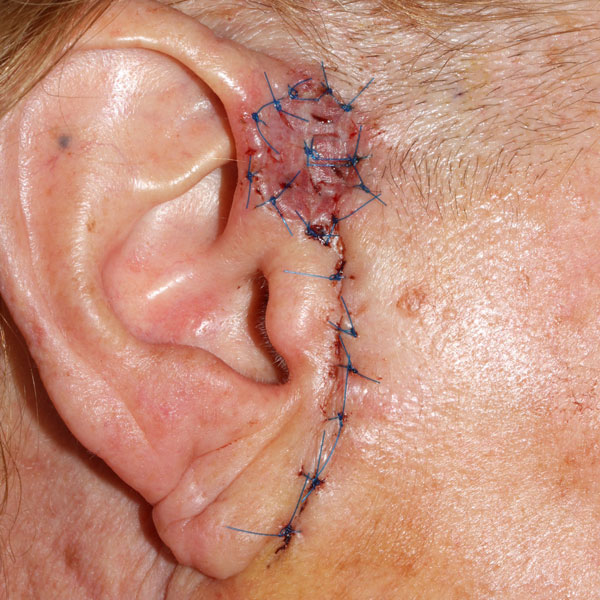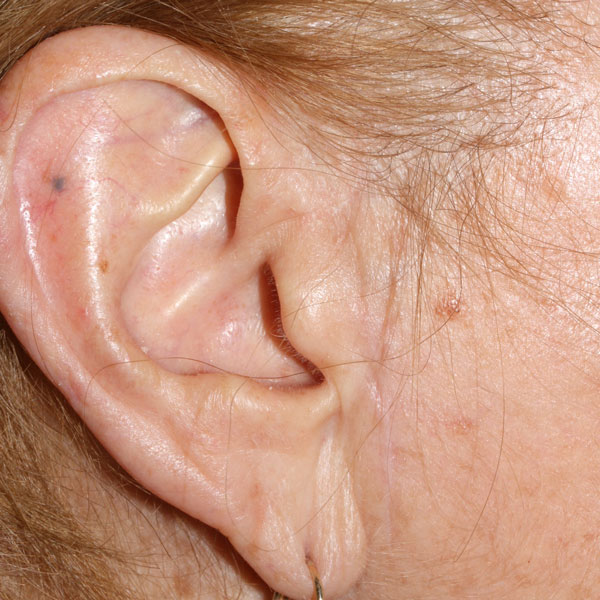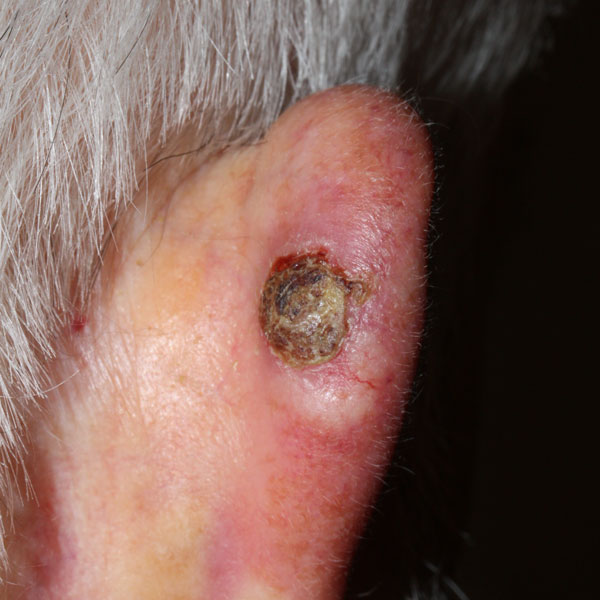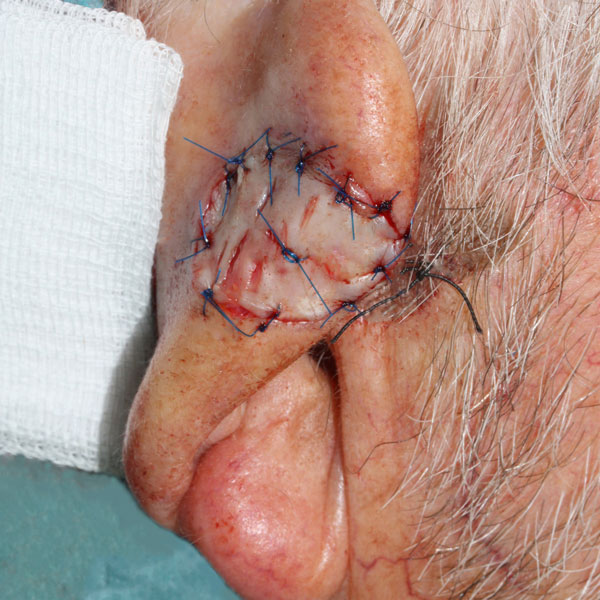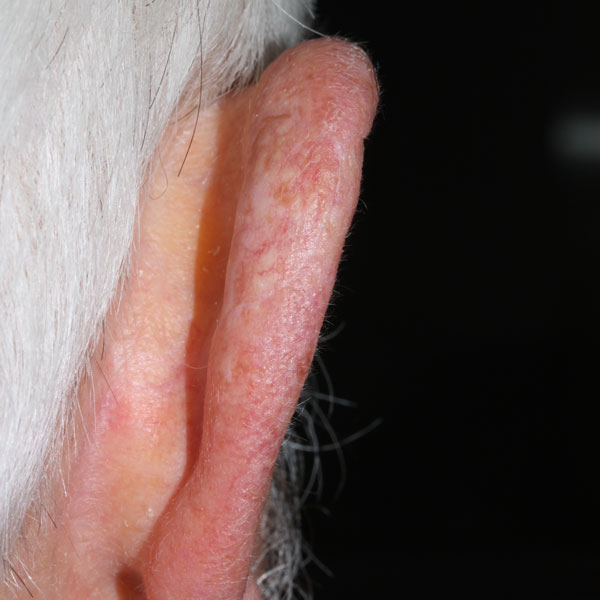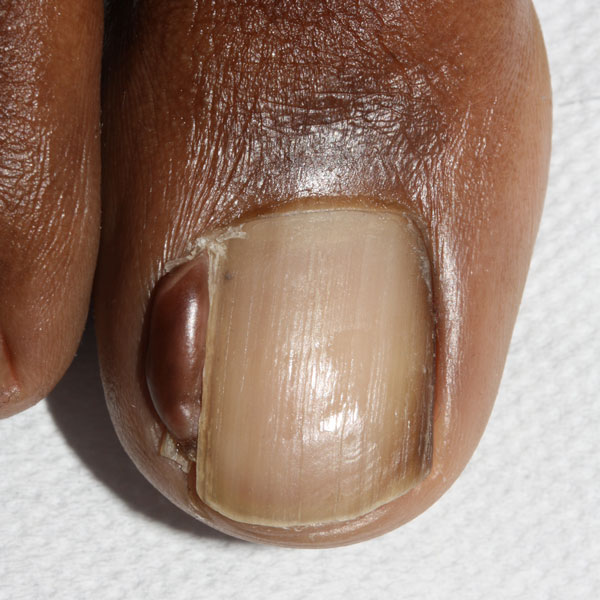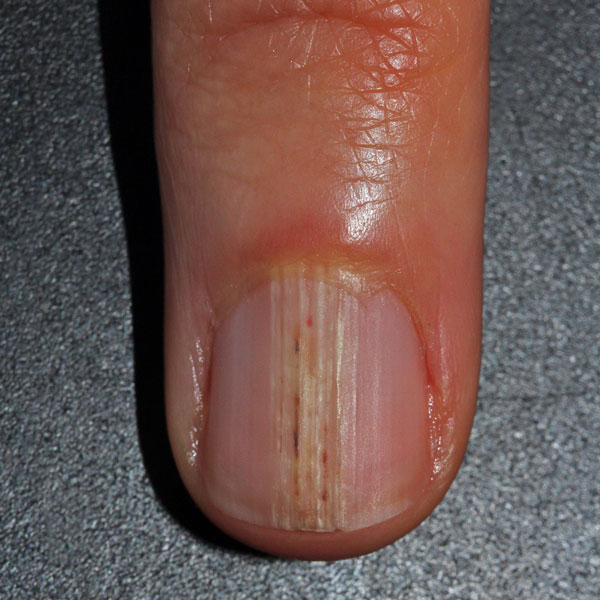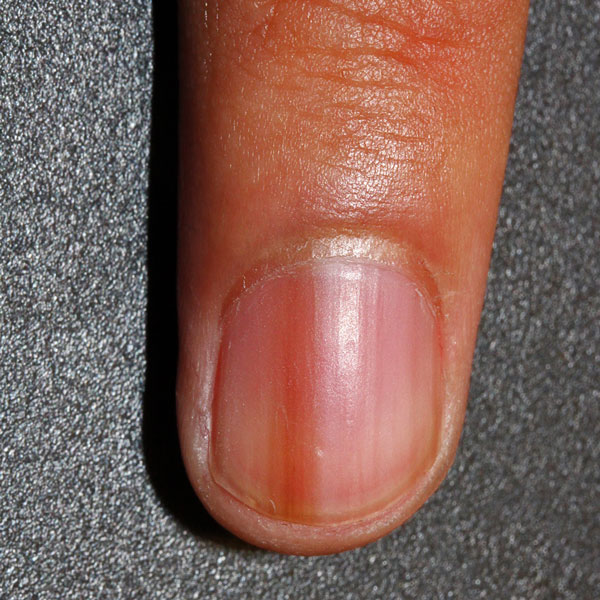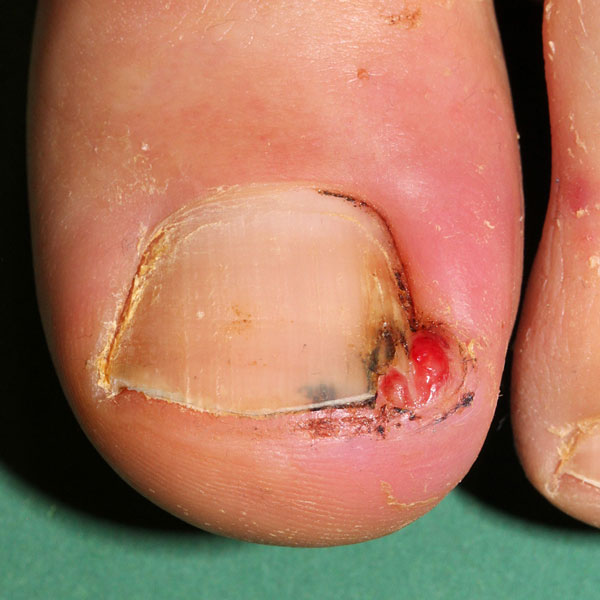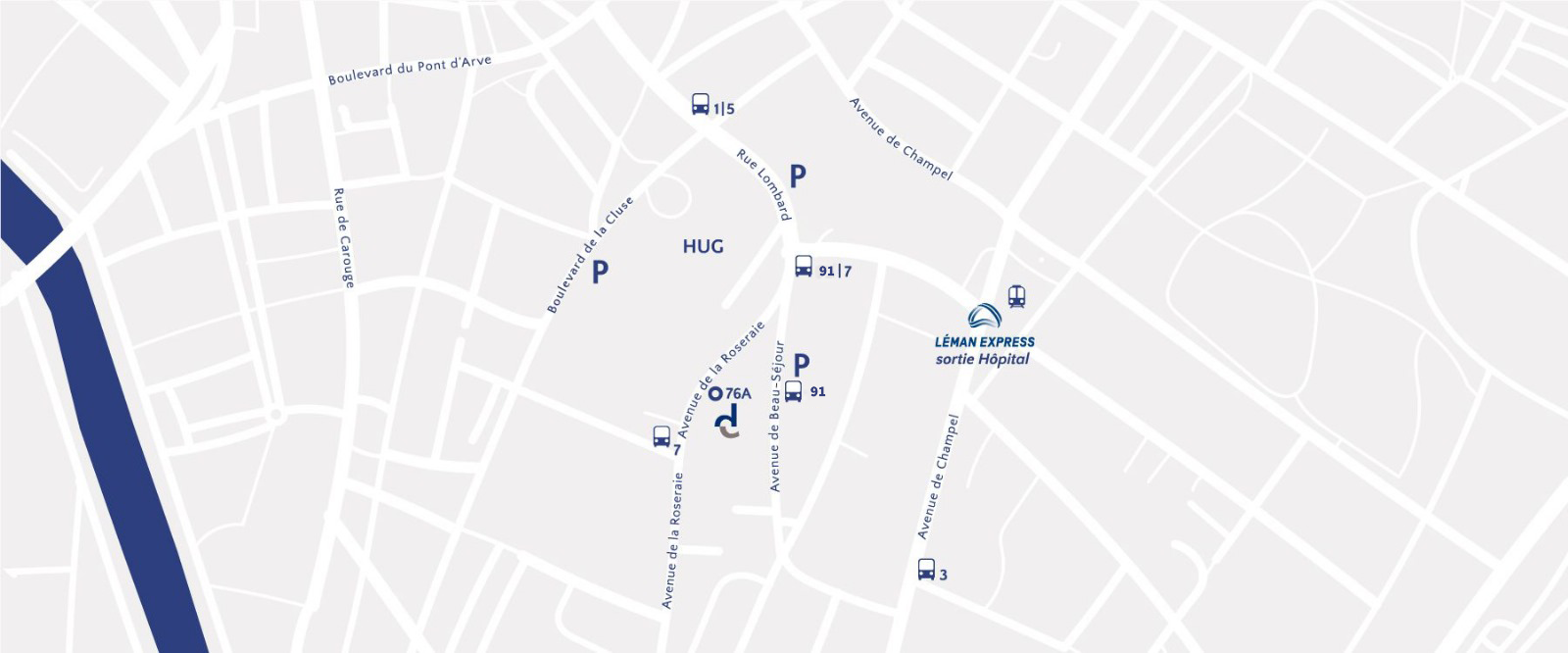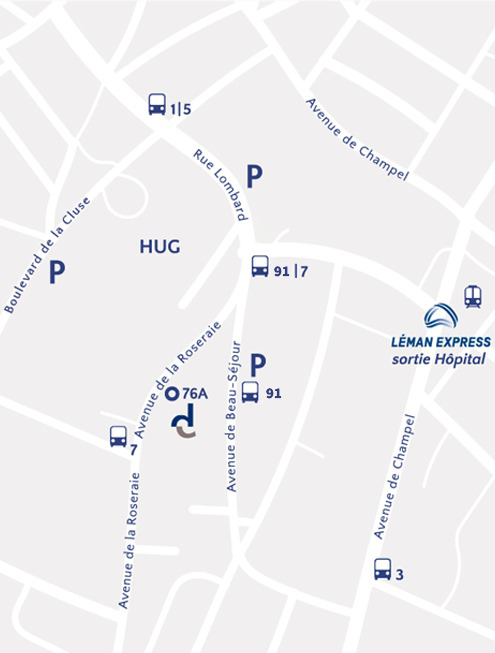Dermatologie La Colline is a surgical medical centre located in the centre of Geneva that is dedicated to skin health. With our specialist medical team and our modern infrastructure, we provide care adapted to your needs.
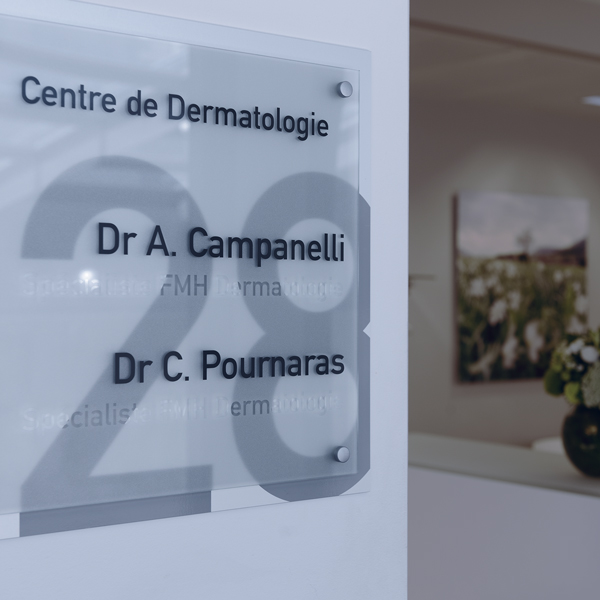

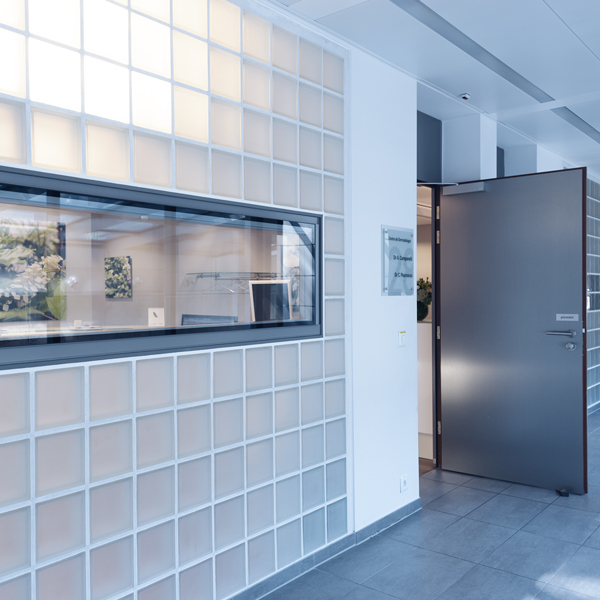
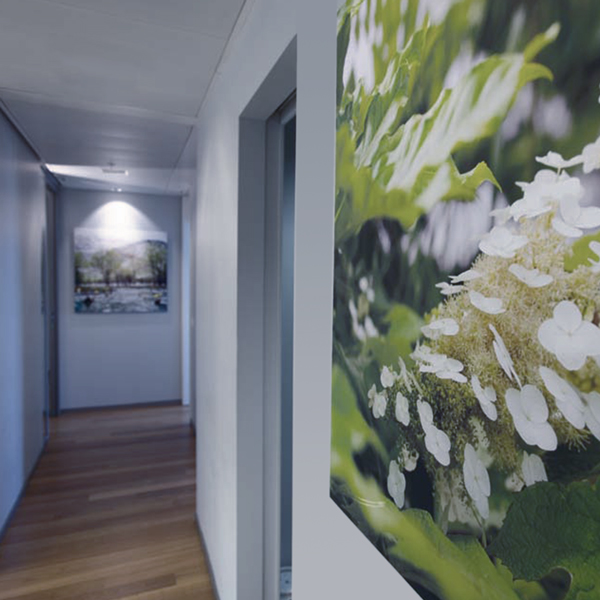





Useful Info
How do I make an appointment?
New patients with a medical problem will only be seen after receiving and evaluating a letter from their doctor
+41 22 702 22 72 or +41 22 702 22 82
dermacolline@amge.ch, stating your name and telephone number
Documents to bring
Health insurance card
Letter(s) from the doctor(s) referring you (where applicable)
List of your medications
List of your allergies
Telephone hours
| Monday & Tuesday: | 9:30am 1:00pm |
– – |
11:30am 3:00pm |
| Wednesday: | 1:00pm | – | 3:00pm |
| Thursday & Friday : | 9:30am 1:00pm |
– – |
11:00am 3:00pm |
Cancelling an appointment
Cancelling your appointment allows us to schedule appointments for emergencies or a patient on the waiting list.
Any appointments not cancelled at least 24 hours in advance will be charged.
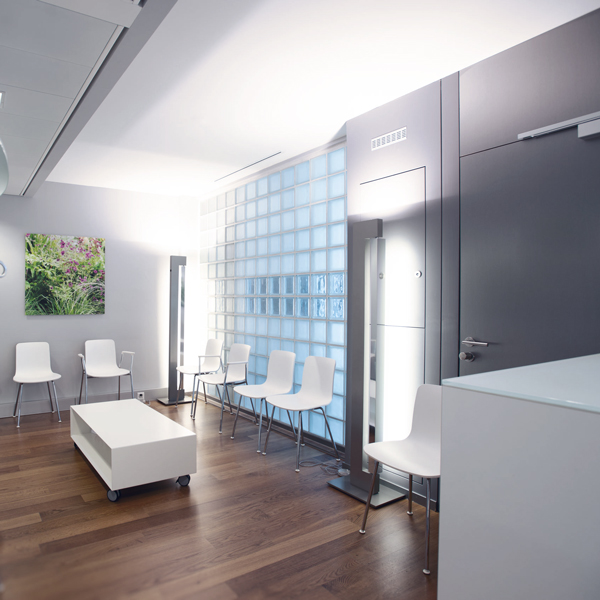
Medical dermatology
We specialise in the prevention, diagnosis and treatment of skin diseases, the human body’s largest, most interesting and most complex organ. This includes the treatment of hair, nails and mucous membranes. We can also detect internal diseases that are sometimes visible on the skin.
Our daily activities include:
- Dermatological check-ups
- Screening, treatment and follow-up of skin cancers
- Mole mapping
- General dermatology
- Paediatric dermatology
- Sexually transmitted infections and venereal diseases
- Localised excessive sweating (hyperhidrosis) of the armpits and hands hyperhidrosis
- Phototherapy
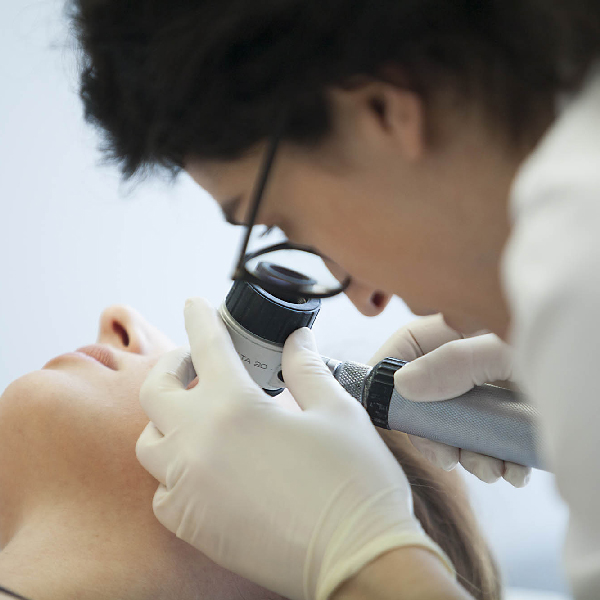
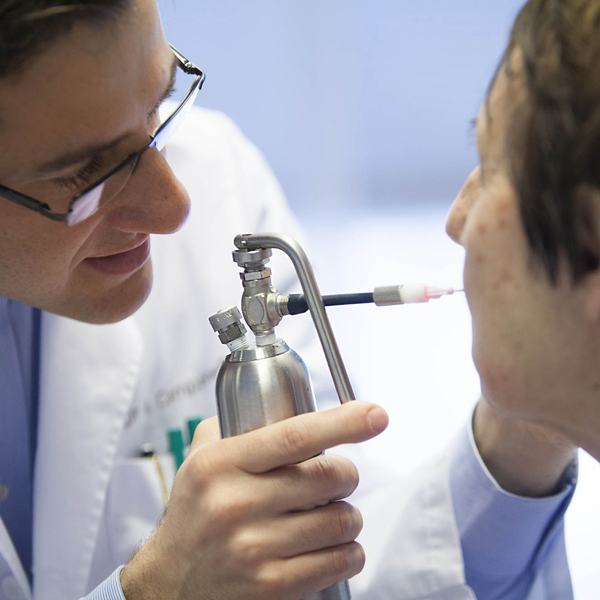
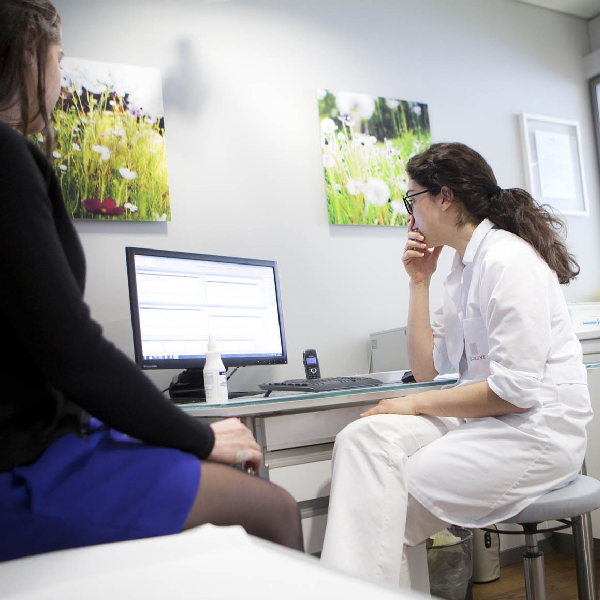
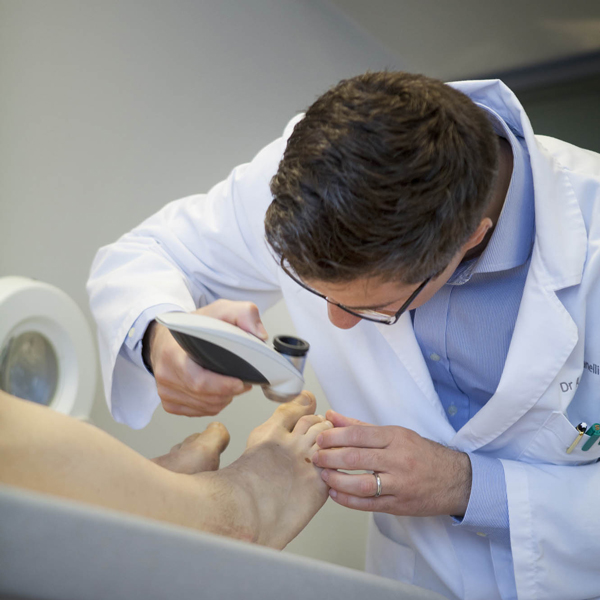
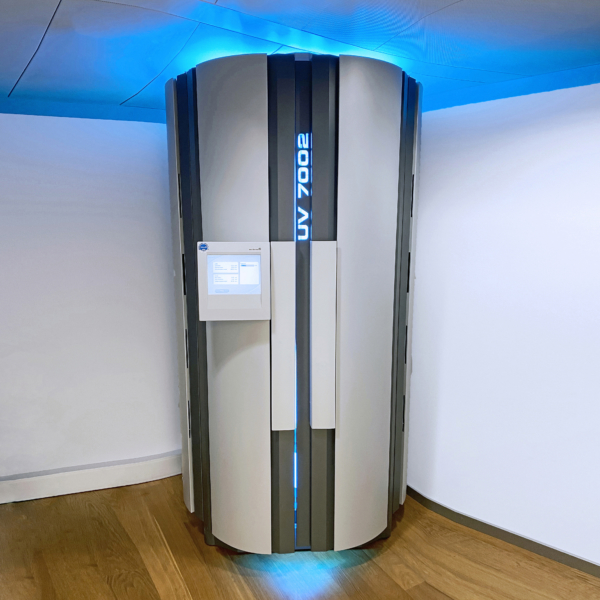
TREATMENT OF EXCESSIVE SWEATING BY BOTOX INJECTIONS®
Excessive sweating, or hyperhidrosis, affects 3% of the population. In the vast majority of cases, this excessive sweating is not related to a pathology and is localized to the armpits or palms. Hyperhidrosis affects self-confidence, social comfort, emotional well-being, productivity at work and clothing choices. Studies show that Hyperhidrosis disrupts quality of life in a similar way or more than other dermatological conditions.
How does Botox® works?
Botox® temporarily blocks stimulation of the secretion of the sudoral glands. This treatment has significantly improved the management of patients with Hyperhidrosis in the armpits or palms. It is simple, accurate, fast, effective and improves the patient’s quality of life. Botox® helps people with excessive sweating but also those who want more comfort in the summer, for example.
What are the benefits of treatment?
An efficacy start is observed after about 1 week with a reduction of 80% to 90% of perspiration over an average duration of 6 to 10 months. Le Botox® permet donc une diminution drastique de la sudation, une amélioration rapide de la qualité de vie et un regain de confiance en soi. The recovery of perspiration in the initial state is gradual.
How does the treatment take place?
The treatment, very well tolerated, consists of a series of superficial micro-injections using an ultrafine needle in the dermis, every 2 cm approximately. The session lasts 15-20 minutes.
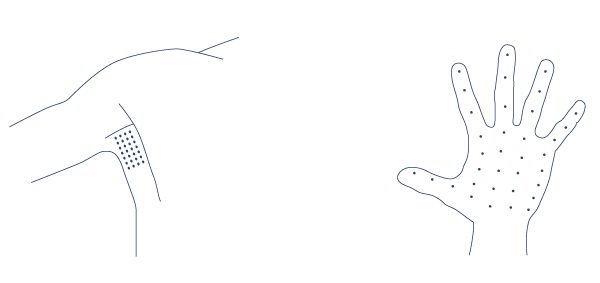
What are the contraindications?
Botox injections® are contraindicated for myasthenia gravis, pregnancy, breastfeeding and in combination with the taking of aminoglycosides.
Dermatosurgery
Dermatosurgery is the use of surgery to investigate and treat various skin conditions. The aim of any skin surgery is to obtain the best therapeutic, functional and aesthetic outcome.
We primarily perform:
- Biopsies for diagnostic purposes
- Excision of skin cancer
- Excision of benign skin lesions for comfort or cosmetic reasons
- Skin reconstruction by flap surgery
- The total skin grafts
- Reconstructions by others complex techniques
- Nail surgery (ingrown nails, nail tumours, nail biopsies)
Our operating and sterilisation rooms are accredited by the Swiss authorities for outpatient procedures and are equipped with modern infrastructure.
We are also accredited to perform surgery at Hirslanden Clinique La Colline
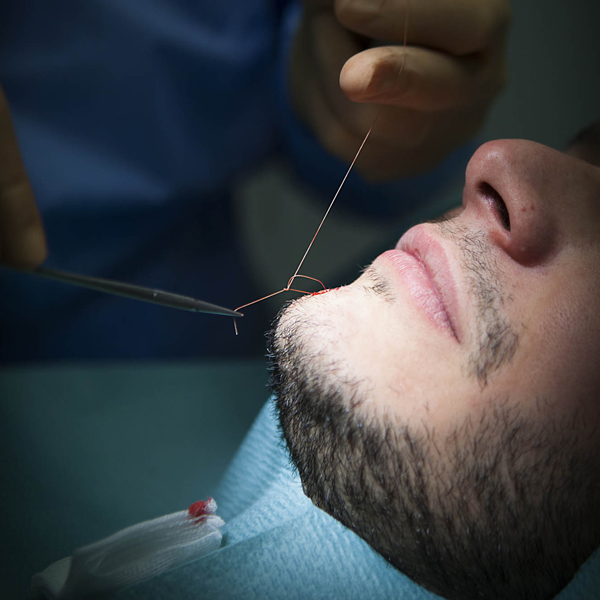
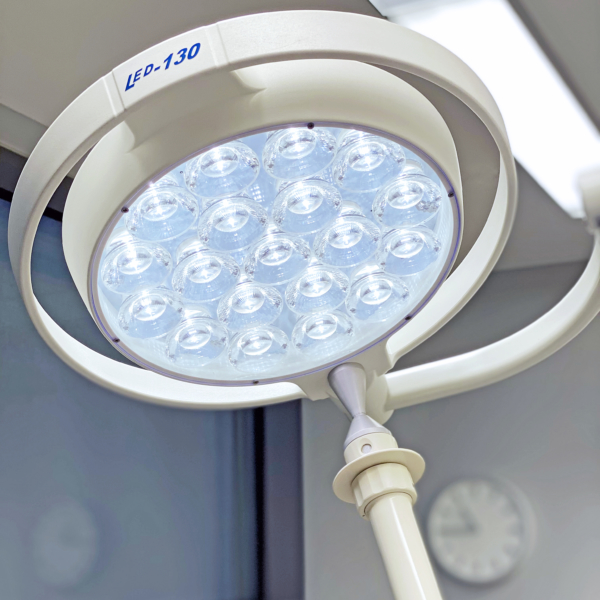
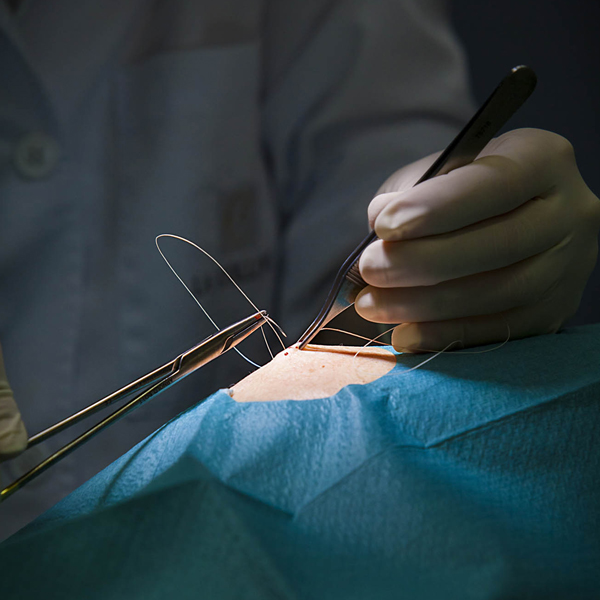
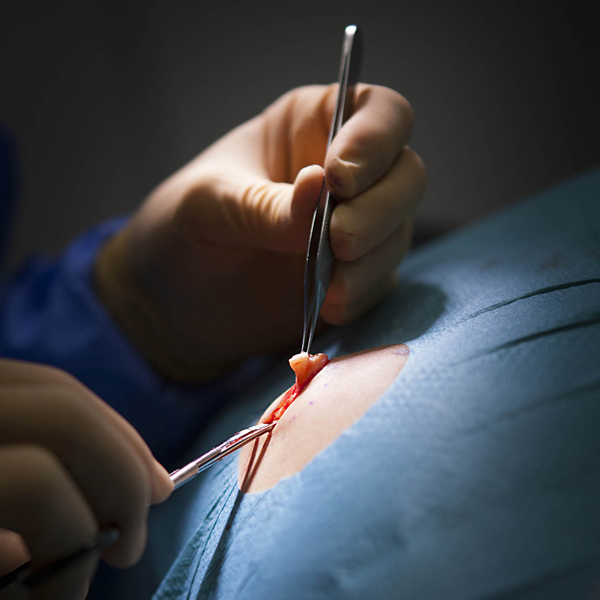
Cosmetic
The skin is our body’s sensory and protective envelope, an interface with the outside world. A reflection of our internal biology and our lifestyles, its health and appearance inevitably affect our social, emotional and professional relationships.
We offer the following cosmetic treatments for the skin’s appearance:
- Treatment of wrinkles with botulinum toxin (Botox®)
- Treatment of wrinkles and loss of volume with fillers : hyaluronic acid
- Chemical peels
- Skin boosting and laxity improvement with Profhilo®
- Correction of pigmented spots
- Cosmetic removal of moles and other benign lesions related to skin ageing
- Cosmetic earlobe repair after piercing
- Platelet-rich plasma treatment (PRP) for skin rejuvenation and hair loss
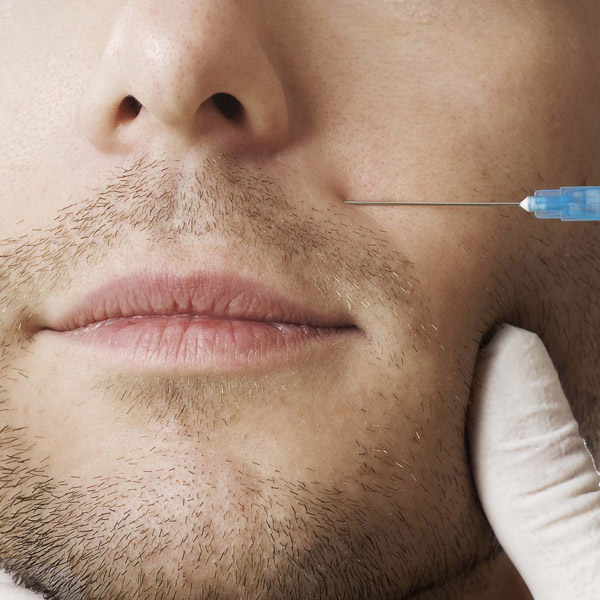



TREATMENT OF EXPRESSION WRINKLES BY BOTOX® INJECTIONS
The wrinkles of the upper face, like the wrinkles of the lion between the eyebrows, the forehead and the contour of the eyes (goose paws) are the consequence of repeated contractions of the muscles of the face and a loss of elasticity of the skin. They settle down progressively, sometimes even before 30 years already and harden the general appearance of the face.
How does Botox® works?
Botox® or botulinum toxin is a purified protein used in medicine since 1978. It provides controlled relaxation of the injected muscle in a focused, temporary and reversible manner.
What are the benefits of treatment?
Botox® will have the effect of gently smoothing the skin, giving you a younger, more rested, less severe or caring appearance. In addition, regularly practiced, these injections will prevent the inevitable worsening of wrinkles. Botox® also makes it possible to raise too low eyebrows.
The effects of treatment are felt after 10 days. To avoid over-correction and to maintain a natural appearance, low standard doses are used in the first session; a little retouching may sometimes be necessary.
How does the treatment take place?
The doctor will analyse the face taking into account your mimics and dozing the product in such a way as to respect the expressiveness of the face, without giving a frozen look.
The treatment, very well tolerated, consists of a few superficial micro-injections using an ultrafine needle in specific locations. The session lasts 20-30 minutes. Well-mastered, Botox® is a light, fast and not painful act.
What are the contraindications?
Botox injections® are contraindicated for myasthenia gravis, pregnancy, breastfeeding and in combination with the taking of aminoglycosides.
FILLING OF WRINKLES AND HOLLOW BY HYALURONIC ACID
Over the years, the subcutaneous fat tissue of the face tends to diminish. This loss of volume of natural facial reliefs will create fine lines, wrinkles and folds. Thus, the signs of time appear and it is common to feel a discrepancy between the physics and the dynamism of our personality. Hyaluronic acid in the form of gel will restore the volumes of the face and correct these signs of skin ageing.
What is hyaluronic acid?
Hyaluronic acid is a naturally occurring molecule in the skin that captures and retains the water giving structure. It comes in the form of a flexible and viscoelastic transparent gel synthesized in the laboratory, perfectly biocompatible and biodegradable. Injected locally, it will fill the wrinkles and restore the lost volumes.
What can be treated?
Most often, hyaluronic acid is used to gently attenuate Naso-genial grooves (from nose to mouth) to the bitter folds (to the corners of the lips) and to redraw the curved lip. It also improves the wrinkles of the Chin, the contour of the mouth and the eyes. Its action is also used to redraw reliefs such as cheekbones, hollow cheeks or correct depressed scars.
How does the session take place?
A previously applied anestenant cream is often offered for maximum comfort. Hyaluronic acid also contains an anesanting, the injections are relatively unpainful. The gel is injected using a fine needle and then an ice pack is applied. At the lip level, local anesthesia is performed to make the treatment more enjoyable.
What are the aftermath after the injections?
The results are immediately visible. Small redness and slight edema of short duration are possible. Small hematomas may appear and can be masked without problems. If necessary, a complementary session can be made a few days later. The effect of filling lasts on average 12 months and the treatment can be repeated according to the needs.
CHEMICAL PEELS
We use in our Center a superficial peeling that allows to give a shine to your skin. It acts by smoothing your skin texture, homogenizing its complexion, tightening pores, decreasing sebum and correcting small imperfections.
We use a Peel based on TCA (trichloroacetic acid). For optimal results, it takes 4 peeling sessions spaced of around 7 days.
The peeling takes place in ambulatory and lasts 15 min. The patient can resume normal activity immediately after. A sensation of itching, tightness or cooking of the skin appears for a few minutes. Slight and brief redness are possible. In the days that follow, a transitional desquamation will appear and be makeup with the usual products.
Strictly avoid any sun exposure in any form (natural or UV in the cabin) throughout the treatment that takes place in several sessions and up to 4 weeks after the last session. Always apply a very high protection sunscreen (factor 50+).
SKIN BOOSTING AND LAXITY IMPROVEMENT WITH PROFHILO®
What is Profhilo® and how does it work?
Profhilo® is a new generation hyaluronic acid manufactured by the Swiss laboratory IBSA.
Its particularity is that it combines two hyaluronic acid molecules, a low molecular weight molecule with a moisturizing action, as well as a high molecular weight molecule providing firmness to the skin, for about 6 months.
It compensates for the physiological reduction of hyaluronic acid in the skin, restoring the skin’s hydration, elasticity and tone by combining, in a synergistic way, deep hydration with the mechanical action of skin bio-remodeling.
What are the indications for treatment?
Profhilo® helps to improve skin elasticity and the wrinkled appearance of the skin. It brings a rehydration of the skin and a “healthy glow” effect.
It can be perfectly combined with other aesthetic treatments such as filling injections with cross-linked hyaluronic acid or Botox®, for example.
Which areas are treated?
The face, neck, décolleté and back of the hands are the parts of the body classically treated by Profhilo®.
How does the treatment work?
The product is delivered in 10 injections using a fine needle in the area to be corrected. From the site where it is injected, the hyaluronic acid will spread by diffusion to deploy its effects in the skin.
A second series of injections will be performed 1 month later, and possibly 2 months after the last treatment.
The first effects on the skin start to appear 2 to 4 weeks after the treatment. To maintain the effect, a maintenance treatment is recommended every 6 months.
What are the consequences of the treatment?
The treatment is very well tolerated and can be performed without social eviction.
After the treatment, small papules may form which disappear rapidly with the application of the product. Small, very transitory redness may appear, or even small hematomas.
CORRECTION OF PIGMENTED SPOTS
Pigmented stains due to skin ageing and Sun alterations can be easily treated with liquid nitrogen cryotherapy. The areas that can classically benefit from this treatment are the face, the back of the hands, the neck and the cleavage but other locations are possible.
In practice, the dermatologist focuses on each stain the nitrogen which has the effect of freezing them superficially and destroying the pigment without leaving a scar. After a phase of redness and very superficial Crouts, the stains disappear or fade in 15 days.
COSMETIC REMOVAL OF MOLES
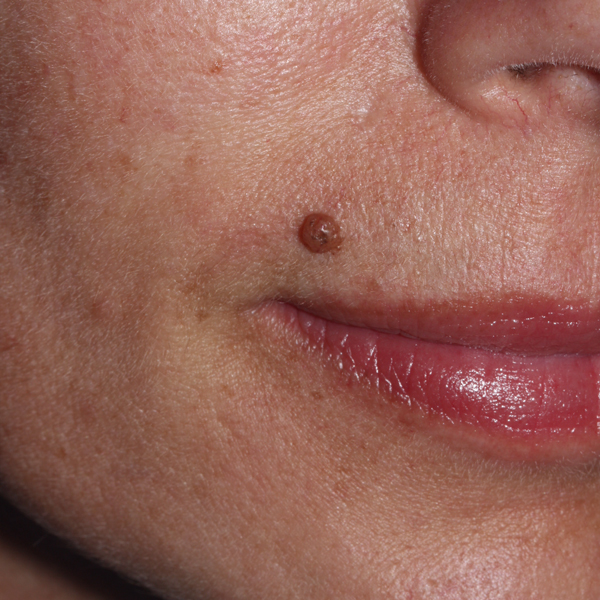
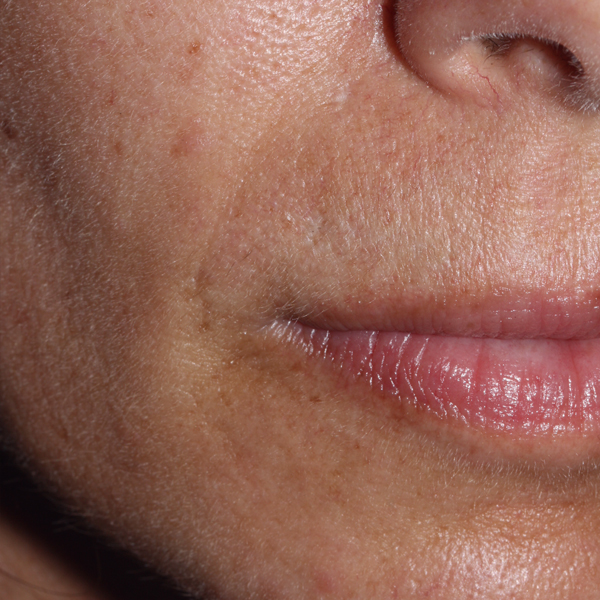
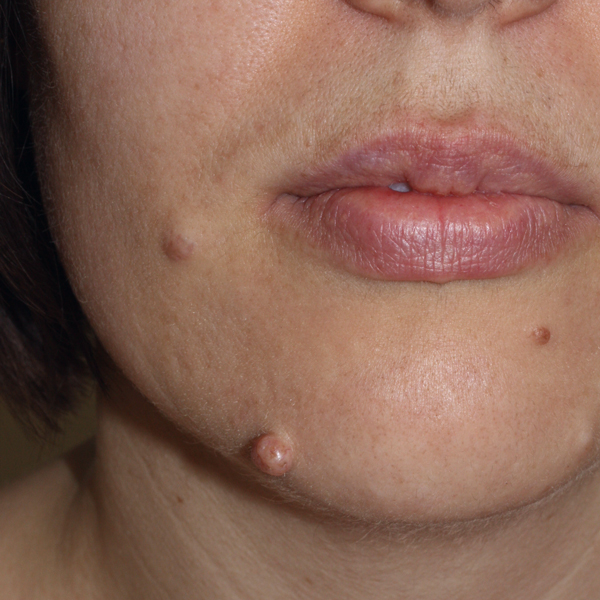
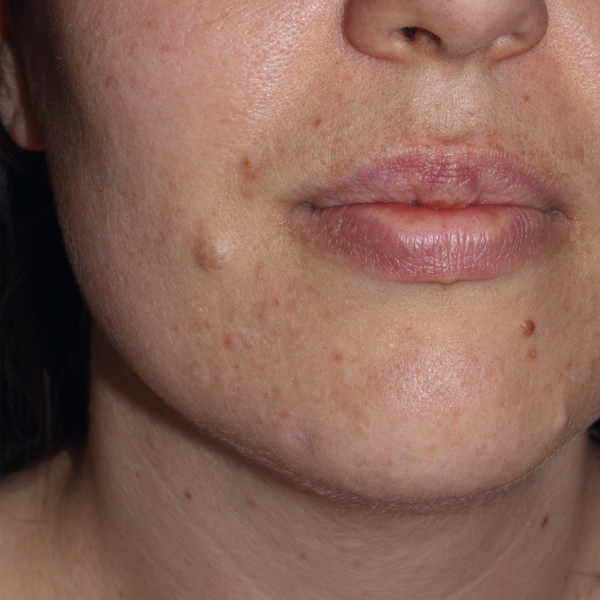
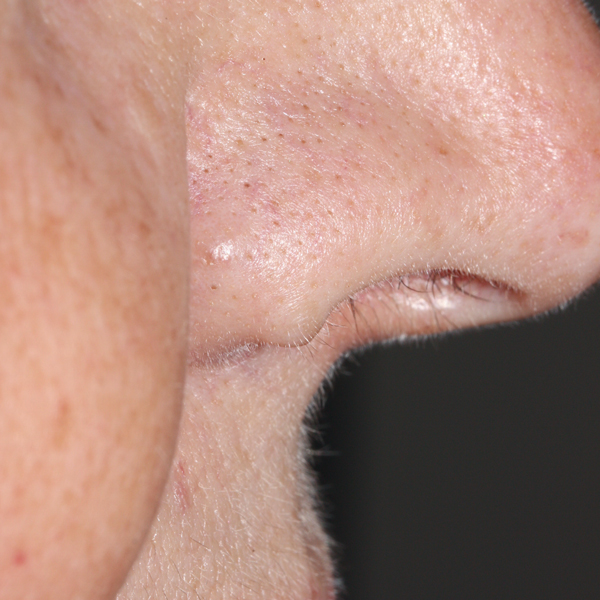
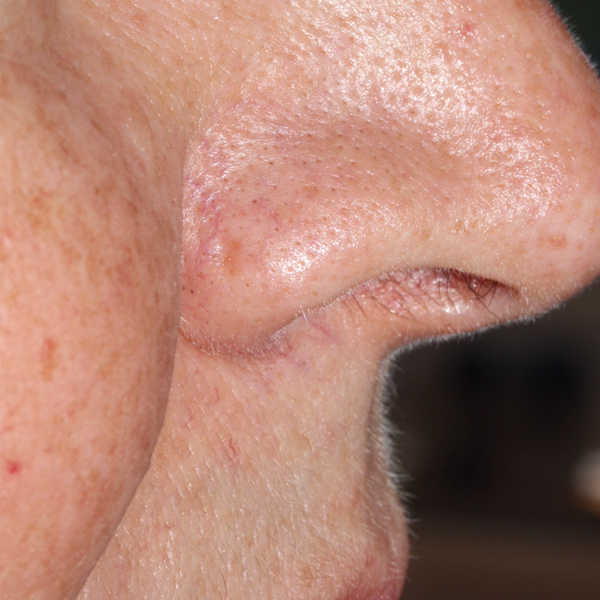
PLATELET-RICH PLASMA (PRP)
What is PRP?
Platelet-Rich Plasma (PRP) is isolated from the blood of the patient itself, and re-injected after eliminating red and white blood cells by centrifugation. PRP contains many growth factors that stimulate the formation of collagen and support tissue in the event of fine lines, scars or skin ageing.
What can be treated?
For the rejuvenation of the skin, the classic sites are the face, the lower eyelids, the neck, the cleavage, the back of the hands. For weakened and atrophied mature skin, the forearms are also treated.
In case of hair fall one can stimulate the maintenance of hair and sometimes even induce a good regrowth with transformation of a fine down in mature hair.
How does the session take place?
After a simple blood test, the specimen is put into a centrifuge. The PRP thus obtained is then injected into a few superficial micro-injections using an ultrafine needle. An anesthetizing cream can be applied before. Classically, three sessions at a one-month intervals are initially recommended, followed by a maintenance treatment every 1-2 years according to the indication and according to the condition of the skin, in order to maintain the result.
What are the aftermath after the injections?
After the sessions, small raised redness and crusts are visible at injection sites, which can last 1-3 days, easy to camouflage if necessary. Superficial bruises are possible. It is therefore recommended to provide remote treatment (min. 10 days) before a significant social event.
When do the effects appear?
The skin gradually improves and the results progress for 2-4 months after each session since it takes time to form the support tissue in response to growth factors. The results may vary from one person to another depending on age, skin thickness, treated areas and indication.
What are the contraindications?
No absolute contra-indication exists for PRP injections, since it is an extract of the blood of the patient itself that is injected: no risk of allergies or intolerance.
COSMETIC EARLOBE REPAIR AFTER PIERCING
Sometimes earlobe piercings can become too large or elongate over time, making the earlobe look unsightly and making it difficult to wear earrings. Sometimes the earlobe can split in two.
It is possible, thanks to an operation under local anaesthetia, to reconstruct the damaged lobe. The appearance of the lobe is improved and a new piercing can be done on the scar at the earliest 6 months later.
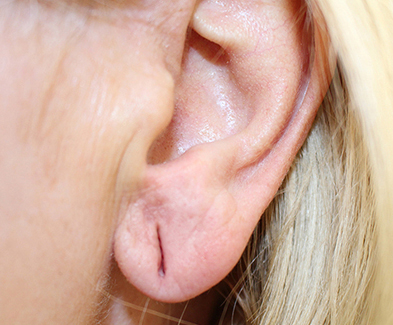
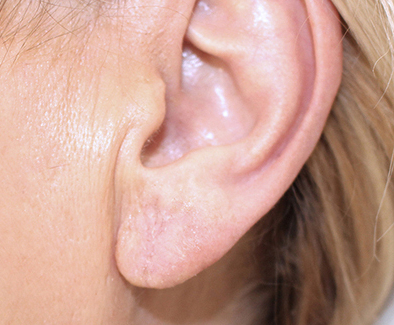
Our team
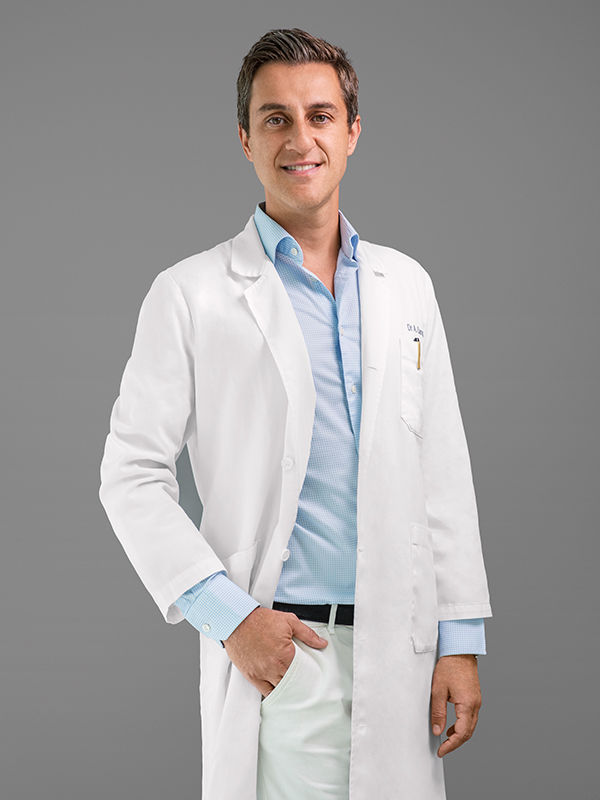
Dr Alexandre CAMPANELLI — specialist FMH Dermatology
Experience
Dr Alexandre CAMPANELLI studied and completed his Medical Degree and doctoral thesis from the University of Geneva. He trained in dermatology at the Geneva University Hospitals (Swiss board Certified) where he worked as Chief resident and then as a Consultant. He has developed an in-depth training in dermatological and interventional surgery with teaching activities in these fields. He also taught at the pre- and post-graduated level (medical students and residents). Since 2009, he has been in private practice and is licensed by Clinique La Colline and Clinique Générale Beaulieu. He is co-founder of the Dermatologie La Colline center and chairman of the Geneva Dermatologists Association. He is a board member of the Working Group for Dermatology of the Swiss Society of Dermatology. He is the author of several scientific publications, regularly gives lectures and teaches at the Geneva School of Health Sciences.
Diplomas
Swiss board Certified in Dematology and Venereology
Doctoral Thesis, Geneva University, Switzerland
Swiss Medical degree
Complementary diploma for lasertherapy, Switzerland
Affiliations
Swiss Medical Association (FMH)
Swiss Society of Dermatology and Venereology (SSDV)
European Academy of Dermatology and Venereology (EADV)
Geneva Dermatologists Association (GDG, Chairman)Association of Geneva Doctors (AMGe)
Swiss Association of Physicians with surgical and Invasive Activities (FMC)
Medical Society of French-speaking Switzerland (SMSR)
PUBLICATIONS
Peer review medical journals
- Campanelli A, C. Hsu. Image en dermato. Rev Med Suisse. 2024; 899:2418-2419.
- Campanelli A. Comment s’y retrouver devant un exanthème fébrile ? Rev Med Suisse. 2022; 18:831-2.
- Campanelli A, Lübbe J. Palmar Squamous-Cell Carcinoma. N Engl J Med. 2019;381:1058
- Nikolic DS, Balagué N, Campanelli A, Elias B, Calmy a, touall-Trellu L. facial fillers: medical devices or medications? Implication for HIV patients with lipoatrophy. Swiss Medical Review. 2012;8:747-53.
- Barde C, Laffitte E, Campanelli A, Saurat JH. Intralesional infliximab in noninfectious cutaneous granulomas: three cases of necrobiosis lipoidica. Dermatology. 2011;212-216.
- Campanelli A, Salomon D. localized Hyperhidrosis: clinic and treatments. Swiss Medical Review. 2009;5:870-875.
- Marazza G, Campanelli A, Kaya G, Braun RP, Saurat JH, Piguet V. Tunga pentrans: description of a new dermoscopic sign – the radial crown. Archives Dermatol 2009;145:348-34.
- Campanelli A, Borradori L. Subungual exostosis. N Engl J Med. 2008;359:e31.
- Campanelli A, Sanchez-Politta S, Saurat JH. Skin ulceration after Octopus bite: infection with Vibrio alginolyticus, an emergent pathogen. Ann Dermatol Venereol. 2008 ;135 :225-227.
- Campanelli A, Piguet V. Novelties in medicine. Dermatology. Swiss Medical Review. 2008;4:112-115.
- Campanelli A. In vivo diagnosis of a pruriginous dermatosis. Swiss Medical Forum. 2008;8:528.
- Sanchez-Politta S, Campanelli A, Pasche-Koo F, Saurat JH, Piletta P. Allergic contact dermatitis to phenylacetaldehyde: a forgotten allergen ? Contact Dermatitis. 2007;56:171-172.
- Campanelli A, Lübbe J. Erosive cheilitis after facial application of imiquimod 5% cream. J Eur Acad Dermatol Venereol. 2007;21:1429-1430.
- Campanelli A, Kerl K, Lubbe J. Severe palmar-plantar erythrodysesthesia and intertrigolike eruption induced by polyethylene glycol-coated liposomal doxorubicin. J Eur Acad Dermatol Venereol. 2006;20:1022-1024.
- Campanelli A, Kaya G, Masouyé I, Borradori L. Calcifying panniculitis following subcutaneous injections of nadroparin-calicum in a patient with osteomalacia. Br J Dermatol 2005;153:657-660.
- Hsu C, Abraham S, Campanelli A, Saurat JH, Piguet V. Sign of Leser-Trélat in a heart-transplant recipient. Br J Dermatol 2005; 153:861-862.
- Campanelli A, Prins C, Saurat JH. Chronic urticaria revealing a colonic adenocarcinoma. J Am Acad Dermatol, 2005;52:1105.
- Campanelli A, Krischer J, Saurat JH. Topical application of imiquimod and associated fever in children. J Am Acad Dermatol 2005;52:E1
- Campanelli A, Salomon D, Saurat JH. Treatment of Actinic Keratoses by Imiquimod topical (Aldara®). Skin erosion seems to be beneficial. Ann Dermatol Venereol 2004;131:387-390.
- Campanelli A, Marazza G, Stucki L, Abraham S, Prins C, Kaya G, Piguet V, Saurat JH. Fulminant herpetic sycosis: atypical presentation of primary herpetic infection. Dermatology 2004;208:284-286.
- Campanelli A, Kaya G, Ozsahin AH, La Scala G, Jacquier C, Stauffer M, Boehlen F, de Moerloose P, Saurat JH. Purpura fulminans in a child as a complication of chickenpox infection. Dermatology 2004;208:262-264.
- Campanelli A, Naldi L. A retrospective study of the effect of long-term topical application of retinaldehyde 0.05% on the development of actinic keratosis. Dermatology 2002;205:146-152.
Medical journals non peer review
- Campanelli A, Elias B, Meyer O, Calmy A, salomon D, Toutous-Trellu L. Hyaluronic acid injections to fill facial lipoatrophy in the context of a lipodystrophy syndrome associated with HV. Dermatologica Helvetica. 2010;5:18.
- Campanelli A, Harms Mr. Paronychia herpetic. Dermatologica Helvetica. 2008;9:25-26.
- Campanelli A, Marazza, Harms M. La tungose. Dermatologica Helvetica. 2008;8:29-30.
- Campanelli A, marazza G, tschanz C, Salomon D. interest in surgical excision in the management of suppurate hidrosadenitis. Dermatologica Helvetica. 2008;7:19-24.
- Campanelli A, Masouyé I, Harms M. La tumeur d’Abrikossoff. Dermatologica Helvetica. 2007;10 :21-22.
- Campanelli a, harms M, Bruyère a, Borradori L. The thighs semi-circular lipoatrophy. Dermatologica Helvetica. 2007;6 :25-26.
- Campanelli A, Solomon D, harms M. segmental chemical destruction of the nail by phenolisation in the care of the ingrown nail. Dermatologica Helvetica. 2007;6:17-20.
- Campanelli A, Harms M. The granulomatous vasuclite of Churg-Strauss. Dermatologica Helvetica. 2007;4 :23-24.
- Campanelli A, Prins C, Saurat JH. Chronic urticaries revealing neoplasia. Dermatologica Helvetica. 2006;3:19-20.
Scientific posters
- Campanelli A, Elias B, Meyer O, Piguet V, Calmy a, Salomon D, toutou-Trellu L. Support for facial lipoatrophy in the context of an HIV-associated lipodystrophy syndrome using hyaluronic acid injections. Annual meeting of the Swiss society of Dermatology and Venereology. Basel, 3-5 September 2009.
- Campannelli A, Borradori L. Subungual exostosis: a missdiagnosed tumor to consider in the presence of painful nail changes. Congress of the European Academy of Dermatology and Venereology. Paris, 17-21 September 2008.
- Campannelli A, Borradori L. Subungual exosostosis: a tumor to evoke in front of any painful alteration of a fingernail. Annual meeting of the Swiss society of Dermatology and Venereology. Lausanne, 4-6 September 2008.
- Campanelli A, Viero D. The herpes Paronychia: a forgotten diagnosis. Annual meeting of the Swiss society of Dermatology and Venereology. Lausanne, 4-6 September 2008.
- Marazza G, Campanelli A, Kaya g, Saurat JH, Piguet V. Tungose: a new dermoscopic criterion to facilitate its diagnosis. Dermatological days of Paris. Paris, 4-8 December 2007.
- Campanelli A, Sanchez-Politta S. Octopus fishing: a dangerous activity… Dermatological days of Paris. Paris, 5-9 December 2006.
- Campanelli A, Lübbe J. Erosive Cheilitis after application of imiquimod cream 5% on the face. Annual meeting of the Swiss society of Dermatology and Venereology. Geneva, 21-23 September 2006.
- Campanelli A, Kaya G, Masouyé I, Borradori L. Calcifying panniculitis following subcutaneous injections of nadroparin-calicum in a patient with osteomalacia. Congress of the European Academy of Dermatology and Venereology. London, 12-15 October 2005.
- Campanelli A, Kaya G, Masouyé I, Borradori L. Calcifying panniculite after subcutaneous injections of calcium nadroparin in a patient with osteomalacia. Annual meeting of the Swiss society of Dermatology and Venereology. Zürich, 8-10 September 2005.
- Campanelli A, Prins C, Saurat JH. Chronic urticaries revealing colic neoplasia. Annual meeting of the Swiss society of Dermatology and Venereology. Zürich, 8-10 September 2005.
- Hsu C, Abraham S, Campanelli A, Saurat JH, Piguet V. Sign of Leser-Trélat in a heart-transplant recipient. Annual meeting of the Swiss society of Dermatology and Venereology. Zürich, 8-10 September 2005.
- Prins C, Stucki L, Campanelli A, Pham C, Kaya G, Saurat JH. Observational study of the treatment of iloprost for 6 patients with Necrotizing angiodermatitis. Annual meeting of the Swiss society of Dermatology and Venereology. Basel, 28-30 October 2004.
CONFERENCES
- Melanoma. Autumn Day of the Geneva Association of Medical Assistants. Geneva, 23 september 2023.
- Botulinum toxin. First steps. Swiss Dermatosurgery Course (SDC). Genève, 25 march 2023.
- Infectious dermatology. Postgraduate and continuing education symposium. Department of Otorhinolaryngology and Head and Neck Surgery. Geneva Univerity Hospital. Geneva, December 15, 2022.
- How to deal with a febrile exanthem ? Forum for medical training. General internal medicine. Update Refresher. Lausanne, 7 December 2022.
- Infectious dermatology. Geneva Association of General internist family physicians. Geneva. November 17,2022.
- How to deal with a febrile exanthem ? Quadrimed medical congress of Crans-Montana. Crans-Montana, 28 april 2022
- Chemical peels and platelets rich plasma (PRP). Autumn Day of the Geneva Association of Medical Assistants. Geneva, 18 september 2021.
- Psoriasis: What’s new ? Medical training of the Geneva Association of Network Physicians. REMED. Geneva, 7 May 2021.
- Dermatology – Visual diagnosis. Forum for medical training. General internal medicine. Update Refresher. Lausanne, 7 November 2019.
- What’s new in chronic venous insufficiency / ulcers. Medical symposium on the updating of vascular diseases and lower limb ulcers. Geneva, 9 October 2019.
- Skin cancer prevention in family physicians’ office. Forum for medical training. General internal medicine. Update refresher. Lausanne, 20 June 2019.
- Psoriasis: what you need to know. From the clinic to modern biological treatments through basic cares. Education. Geneva, 25 March 2019.
- Dermatology – Visual diagnosis. Forum for medical training. General internal medicine. Update Refresher. Geneva, 7 March 2019.
- When the skin blooms: how to orient yourself in front of an exantheme. Geneva Association of General internist family physicians. Geneva. March 22, 2018.
- Dermatology – Visual diagnosis. Forum for medical training. General internal medicine. Update Refresher. Geneva, 1st February 2018.
- What the osteopath needs to know in dermatology. Continuing education course for the cantonal society of osteopathy of Geneva (SCO). Plan-les-Ouates, April 6, 2017.
- Advancement flaps and Rotation flaps. Swiss Dermatosurgery Course (SDC). Bellinzona, September 25, 2015.
- Training courses for family physicians and internists. Practical clinical cases in dermatology. Geneva, 15 September 2015.
- Wedge resections for tumors of the lid and lip. Annual meeting of the Swiss society of Dermatology & Venerology. Zürich, 27 August 2015.
- STD. From diagnosis to treatment… and “after”! Continuing education, Geneva Association of physicians working in a network. Geneva, 9 October 2014.
- Skin tumors. Continuing education, Geneva Association of physicians working in a network. Geneva, 7 April 2011.
- Surgical difficulties in the medical practice and billing of surgical procedures. Group of Geneva dermatologists. Geneva, 23 June 2011.
- Skin tumors. Continuing education Symposium of the Vermont medical and surgical Centre Grand Pré SA. Geneva, 15 November 2011.
- Risk profiles of spinocellular carcinomas. Dermatology Symposium, Geneva University Hospitals. Geneva, 18 December 2008.
- Risk profiles of spinocellular carcinomas. Annual meeting of the Swiss society of Dermatology & Venerology. Lausanne, 4 September 2008.
- Update of dynamic phototherapy treatments. Symposium “dynamic phototherapy: State of play and update”. Begnins, 19 June 2008.
- Practical approaches in dermatology. Primary Care Academy. Lausanne, 6 November 2008.
- Cases presentations. Annual meeting of the Swiss society of Dermatology & Venerology. Geneva, 23 September 2006.
- Cases presentations. Annual meeting of the Swiss society of Dermatology & Venerology. Lausanne, 19 September 2003.
- Cases presentations. Dermatological Encounters of the Alpine countries. Chamonix, 18 January 2002.
PRESS / REPORTS
Les origines de la crème solaire. RTS 1, 15 juillet 2024
Mieux protéger sa peau face au cancer. Amavita Ma Peau, 22 février 2023
Baignades. Prendre soin de sa peau. L’illustré, 20 juillet 2022
Etre plus belle sur Zoom. – Dossier Confinement et télétravail-Femina
Comment soigner l’acné à l’âge adulte? – Femina.ch, 2nd June 2019
Cosmétiques et enfants : les précautions. – RTS, On en parle. June 4th, 2019
In Switzerland, the UV cabins are forbidden for the vaud and jurassian miners but the ban could be extended. – RTS News. 10 October 2018.
UV rays: how to protect yourself effectively? – UV rays – Hirslanden Newsletter 25.05.2018
A brighter complexion. Even in winter! — Peau-hiver – Wellness et Santé N58 hiver 2016
The efficacy of BOTOX® in excessive perspiration. — Botox hyperhidrose – Groupe médical Terrassière 2009
Ces champignons qui aiment l’été. — Mycoses – Pulsations juillet-août 2009
Le temps peut cicatriser toutes les blessures. — Cicatrices – TDG 4.09.2008
Fontaine de sueur. — Transpiration – Pulsations juillet-août 2008
Faites ami-ami avec le soleil. — Peau et soleil – Femina juin 2007
Guerre aux poils ! — Epilation – Femina 27.05.2007
Transpiration le mal de l’été. — Transpiration – Le Matin 30.07.2006
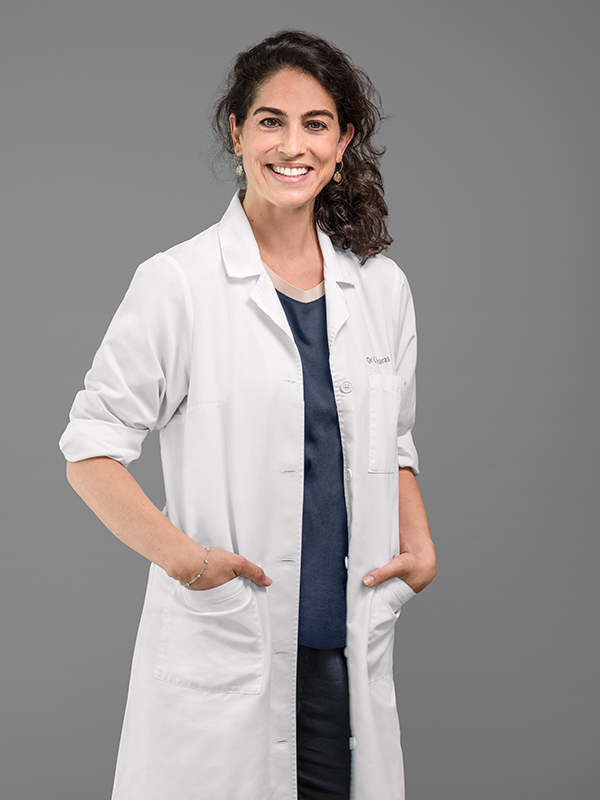
Dr Constance POURNARAS DINICHERT — specialist FMH Dermatology
Experience
Dr Constance Pournaras Dinichert studied medicine and completed her doctoral thesis at the University of Geneva. After gaining experience in geriatrics and plastic surgery at The Geneva University Hospitals, she specialised in dermatology at several European centres (Hôpital Saint Louis, Hôpital Henri Mondor and Hôpital Necker des enfants malades in Paris, Royal Free Hospital in London), then in Switzerland at HUG and Kantonsspital St Gallen where she worked as senior house officer. At universities, she has been particularly involved in the treatment of cutaneous carcinomas and screening of melanomas. Before co-founding the Dermatologie la Colline centre in 2012, she worked at renowned private practices in Zürich, St. Gallen and Geneva.
Diplomas
Certificate of Specialist Training in Dermatology, Université Paris XII
Qualification as a Doctor in Medicine, Geneva, Switzerland
FMH Specialist Diploma in Dermatology and Venereology, Switzerland
Diploma in Radiation Protection, Universitätspital Zürich (USZ), Switzerland
Federal Diploma in Medicine, Switzerland
Inter-university Diploma in Surgical Dermatology, Université de Versailles Saint-Quentin-en-Yvelines, Paris
Affiliations
Association of Doctors in the Canton of Geneva (AMG)
European Academy of Dermatology and Venereology (EADV)
Swiss Medical Association (FMH)
Group of Geneva Dermatologists (GDG)
French Society of Dermatology (SFD)
Swiss Society of Dermatology and Venereology (SSDV)
PUBLICATIONS
Peer review medical journals
- “Extensive annular verrucous late secondary syphilis” CC Pournaras, I Masouye, P Piletta, V Piguet, JH Saurat, LE French, British Journal of Dermatology, 2005; 152(6):1343-5
- “Multiple painful nodules” CC Pournaras, P Comacle, I Moulonguet, B Cavelier-Balloy, L Dubertret, N Basset-Seguin, Archives of Dermatology, 2005; 141(5):633-8
- “Nodules et polyarthralgies chez une femme de cinquante ans” CCPournaras, JJ Guilhou, N basset-Seguin, Objectif Peau 2004; 72(10): 93-94
- “Staphylococcal colonization in atopic dermatitis treatment with topical Tacrolimus (FK506)”, Pournaras CC, Lubbe J, Saurat JH, Journal of Investigative Dermatology 2001; 116 (3):480-481
- “Eczema Herpeticum during treatment of Atopic Dermatitis with 0.1%, Tacrolimus Ointment ”, Lubbe J, Pournaras CC, Saurat JH, Dermatology 2000; 201(3):249-251
PRESS
“ Rayons UV: comment se protéger efficacement?” Rayons UV-Newsletter, Hirslanden 25.05.2018
“Comment dompter le soleil, cet ami -ennemi de la peau?” , Magazine Edelweiss, juin 2010

Estel GOMEZ — graduate physician assistant
Estel Gomez graduated from the School of General Education with a health option and then obtained her Federal Certificate of Competence as a Medical Assistant in Geneva.
During her training, she worked in several medical offices, a paediatric emergencies service and in general medicine. She has a diploma as a trainer in companies.
She has been working for Dr. Campanelli since September 2020
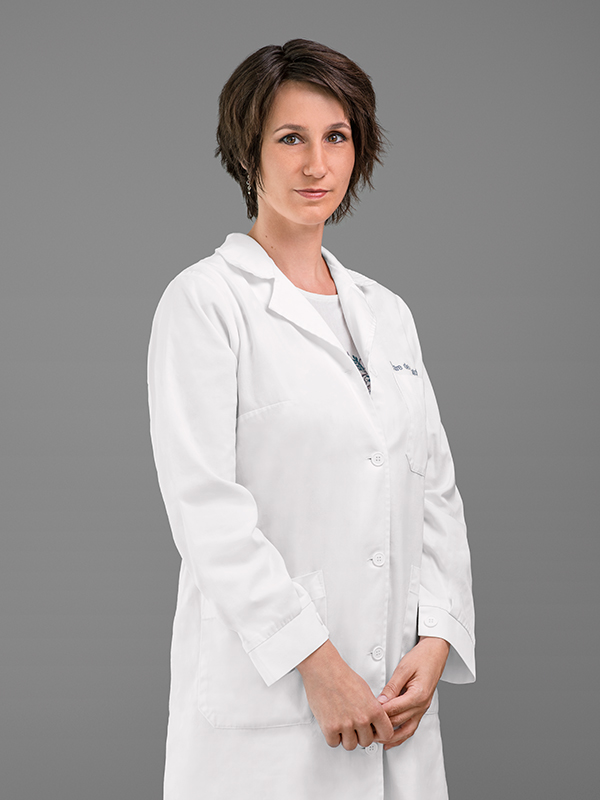
Ms Laurence FORNAGE — graduate physician assistant
Ms Laurence Fornage obtained her first CFC as a pharmacy assistant and then her CFC and medical assistant diploma in Geneva. As part of the committee of the Geneva Association of Medical Assistants in Geneva (AGAM), she organised continuous training for 5 years. She has also completed training in sterilisation. She worked at a general practice and then at a multidisciplinary medical centre.
Since 2017, she has assisted Dr Constance Pournaras Dinichert in dermatology, while at the same time continuing her work in the pharmaceutical sector.

Ms Laurence FORNAGE — graduate physician assistant
Ms Laurence Fornage obtained her first CFC as a pharmacy assistant and then her CFC and medical assistant diploma in Geneva. As part of the committee of the Geneva Association of Medical Assistants in Geneva (AGAM), she organised continuous training for 5 years. She has also completed training in sterilisation. She worked at a general practice and then at a multidisciplinary medical centre.
Since 2017, she has assisted Dr Constance Pournaras Dinichert in dermatology, while at the same time continuing her work in the pharmaceutical sector.


